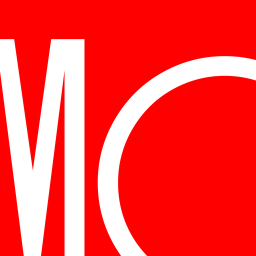JPMorgan Small Cap Value Fund earns a High Process Pillar rating.
The leading factor in the rating is its parent firm's impressive long-term risk-adjusted performance, as shown by the firm's average 10-year Morningstar Rating of 3.3 stars. The parent firm's five-year risk-adjusted success ratio of 55% also strengthens the process. The measure indicates the percentage of a firm's funds that survived and outperformed their respective category's median Morningstar Risk-Adjusted Return for the period. Their relatively high success ratio suggests that the firm does well for investors and that this fund may benefit from that. The size of the portfolio management team strengthens the process as well. With four portfolio managers at the helm, the fund is reasonably well-resourced.
This strategy is similar to its Small Value category peers in terms of market-cap and style exposure. Looking at additional factor exposure, this strategy has exhibited a tilt toward high-volatility stocks or the shares of companies with histories of the higher standard deviation of returns, compared with Morningstar Category peers in the last few years. This is a higher-risk, higher-reward approach. In recent months, the strategy was more exposed to the Volatility factor compared with its Morningstar Category peers as well. This strategy has also favored low-quality stocks. This means the fund avoids holding companies that are consistently profitable, growing, and have solid balance sheets. Such positions do not tend to provide much ballast for a portfolio. Similarly, in recent months, the strategy also had less exposure to the Quality factor than peers. In addition, this strategy holds highly liquid companies. More-liquid assets are easier to buy and sell without adversely moving their prices and tend to provide some ballast during market selloffs. They also are easier to sell to meet redemptions if a host of investors decide to leave the fund in a short period of time. In this month, the strategy also had more exposure to the Liquidity factor over its peers. More information on a fund and its respective category's factor exposure can be found in the Factor Profile module within the Portfolio section.
The portfolio is overweight in real estate and healthcare relative to the category average by 5.7 and 3.8 percentage points, respectively. The sectors with low exposure compared to category peers are industrials and consumer cyclical, underweight the average by 5.1 and 3.0 percentage points of assets, respectively. The strategy owns 381 securities and is less top-heavy than peers. Specifically, 8.4% of the portfolio's assets are concentrated within the top 10 fund holdings, as opposed to the category’s 29.9% average. And in closing, in terms of portfolio turnover, this fund trades less frequently than the category’s average, potentially limiting costs to investors.

